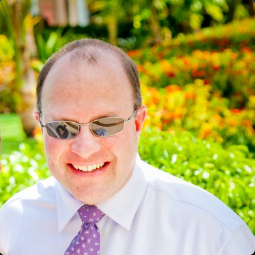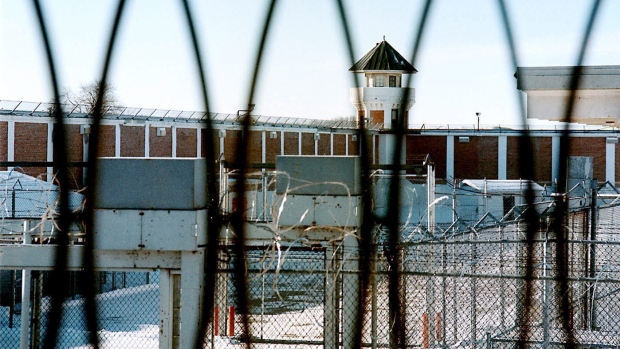The number of child pornography cases nationwide has increased by over 140% since 2010, according to an analysis of Statistic Canada data.
But probably not because there’s more of it, says the RCMP’s Const. Vicki Colford.
Better access to resources, training for law enforcement and increased public awareness have all contributed to the rising number of reports made to police, the Nova Scotia RCMP officer said.
“More and more children have access to computerized devices now than ever before so that could play a part in it too,” she said in an email.
“Children can be too trusting and have been victimized by predators online who have convinced the children to send pornographic images of themselves – these images can then be shared.”
Blair Crew, a University of Ottawa professor who specializes in sexual assault law said we’re just catching more people who access child pornography.
“The previous government did make various changes to the law to allow easier detection,” Crew said.
“The net result is that police may have been able to detect this conduct better.”
Source: Statistics Canada incident-based crime statistics
Bill C-22, introduced in 2011 by the federal government, requires Internet Service Providers to notify police of incidents involving child pornography.
Agreeing or arranging to commit a sexual offence against a child through the Internet and other means of telecommunication was added to the Criminal Code in 2012.
British Columbia saw the largest increase growing by a whopping 692% since 2010, largely due to a law enforcement project to record Internet Protocol (IP) addresses between 2014 and 2015.
Child pornography is any sexual content involving children distributed online. This can include anything from drawings, audio or written material to videos or photos of actual children, according to a definition from The Canadian Centre for Child Protection.
In May 2004, The Canadian Centre for Child Protection joined the federal government’s national strategy to protect the online exploitation of children.
The organization runs cybertip.ca, a tipline where the public can report cases of exploitation over the Internet.
In a 2016 report including data collected by the centre from 2008 to 2015, 95% of all reports involved cases concerning child sexual abuse imagery – videos or photos of actual children being abused.

Source: Photo taken from Twitter page
Reports to cybertip.ca have increased significantly within the last 8 years. Over 37,000 reports were submitted to the tipline last year, compared to just under 8,000 in 2008.
Once the tips are received, content is assessed by an analyst at The Canadian Centre for Child Protection.
Reports containing URLs with password protected content are forwarded to law enforcement.
Colford said they receive many of their tips from the website.
She said it’s important for parents to talk to their kids about what can happen online.
“Several of the victims that we’ve dealt with on our files have a whole other life online that we’re certain their parents don’t know about,” Colford said.
“They have online friends and are in different online chat forums and different social media platforms that are way above and beyond the parent’s knowledge or idea that they’d even be on those sites.”
Most tips submitted to cybertip.ca included children younger than 12, the report showed.
Colford said she deals with cases involving children 12 to 15 years old most often, but has seen cases with kids as young as eight.
“Eventually we see … that relationship quickly turning to an exploitative sort of relationship where generally, teenage girls are taken advantage of by much older males, typically.”
“They never see that coming. They assume that they’re talking to a teenager when sometimes they’re not.”
If you suspect a child is being exploited over the Internet or in need of protection submit a tip on cybertip.ca or call 1-866-658-9022.










